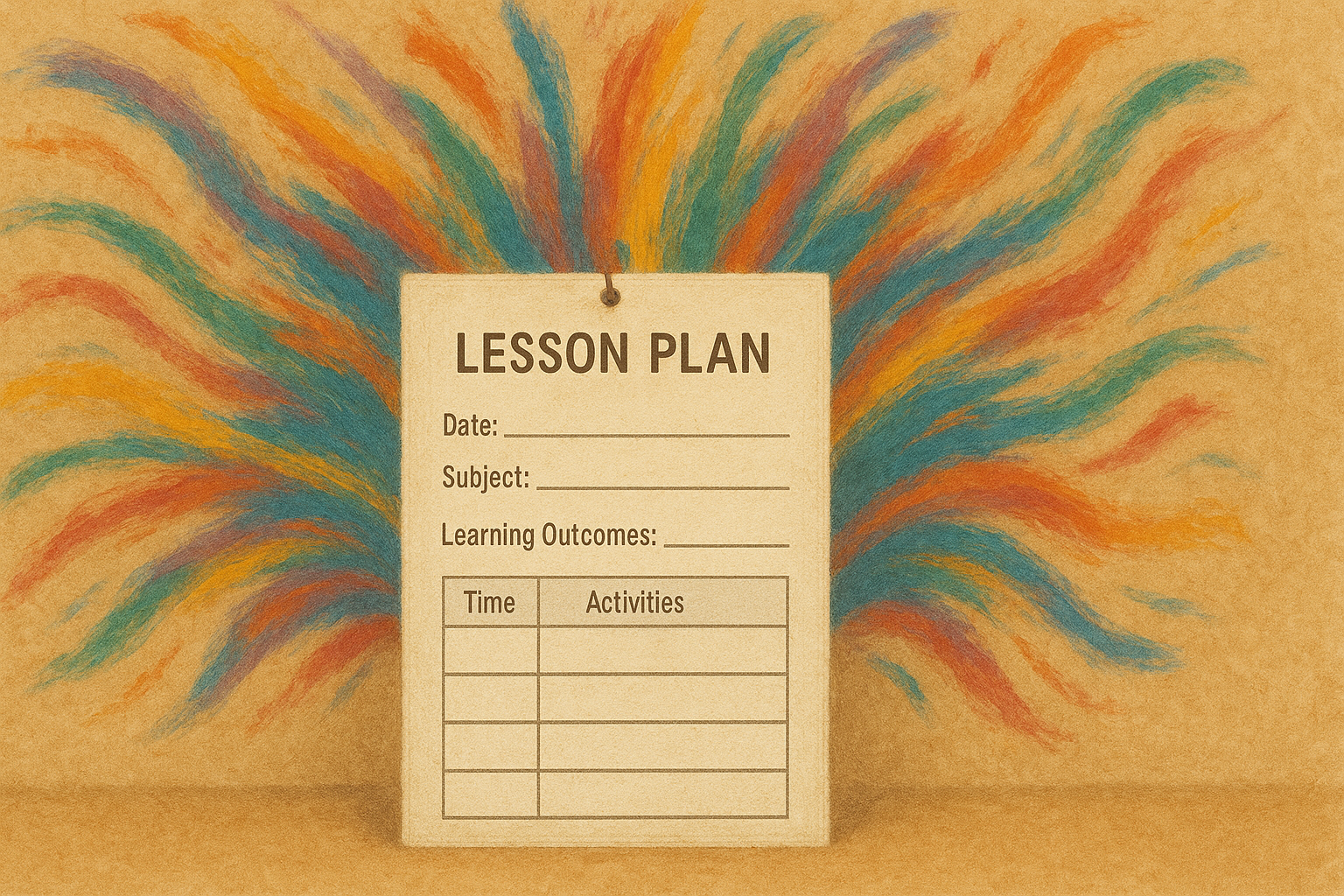My first degree was in both art history and ancient history. At my university, each area was served by a department and those two departments could not have been more different – in personnel, outlook, approach and culture.
This showed up particularly in their marking. When you handed in an essay to the Ancient History department, you had a pretty good idea of what your grade would be. The expectations were clear, and the marking consistent.
By contrast, handing an essay in to Art History was like buying a ticket for a lottery, and I only really won that lottery once.
During my final undergraduate year, I wrote an essay on Dürer and submitted it to a lecturer notorious for his parsimony. B- grades were rare, A’s unheard of. I was proud of my original research but had resigned myself to receiving a middling grade.
Hence, I was overjoyed to get it back with a red-ringed A+ at the top. The reason for this unexpected bonus turned out to be that the original lecturer had gone overseas to a conference, and our Head of Department had marked it instead.
All of which brings us to Tony Green, that Head of Department.
Tony was a distinctive character around the University. Bouncing around like a 1970s version of Groucho Marx, he was, somewhat incongruously, an expert on that most cerebral (and, I thought, boring) painter, Poussin.
But what was notable about Tony, from my perspective, were his lectures.
He would stalk into the lecture theatre, thump a pile of notes and books onto a table, and then proceed to talk for an hour without any reference to them, whatsoever.
Tony’s teaching was the subject of considerable discussion among his students. One strongly-held view was that he was crazy and the lectures were a waste of time. Others, with equal conviction, considered him a genius. Actually, you could make a case for either – it just depended on which lectures you focused on.
Some days the lecture was an hour-long ramble, circling around things, heading off down rabbit holes, and wholly devoid of any perceivable thread. Other days, it was riveting. A deep dive into the most fascinating ideas, delivered in wonderful language with great dramatic effect.
Heading into the lecture, you never knew which you were going to get. Tony did both the best and (nearly) the worst lectures I ever experienced. What I learned from Tony’s lectures was less about Poussin and more about the nature of risk-taking.
Tony did both the best and (nearly) the worst lectures I ever experienced.
What I learned from him was less about Poussin and more about the nature of risk-taking.
Tony took risks. He walked into the lecture with some idea of what he wanted to do, and then tried to use his artistry to make it work. When it worked, it was magnificent. When it didn’t, it was dire. And it showed me that the conditions that nurture excellence are precisely the same conditions that allow abject failure.
In other words, real excellence happens in tandem with real risk. This is where bureaucratic models of education (as with bureaucratic models of just about anything else) consistently miss the point.
Bureaucrats hate dealing with the fallout of failure. It is messy. This is perhaps justifiable in areas like the military and medicine, where failure can have irreversible results.
But it is not necessary in most other types of education – let alone the arts – where risk carries no such baggage. Yet bureaucrats still have this urge to implement systems that ensure that no lesson is a mess.
And this works, to a point. You get nicely consistent mediocrity – at the cost of putting a straitjacket on any teachers striving for excellence.
If Tony Green had had to write a lesson plan and ensure that he had covered a set of learning outcomes, it would have neutered his teaching. In the quest for consistency and replicability, risk (and, with it, real excellence) simply disappears.
The conditions that nurture excellence are the same conditions that allow abject failure.
And it is not just the bureaucrats that stifle risk. These days, educators have to think twice about saying anything off the cuff, for fear of saying something that gives offence to somebody. Risky thinking RIP.
My idea of a University is of a place where ideas can be debated freely and openly. And coming up with ideas is not as easy as people might think. You often don’t know how an idea you are working through is going to come across until you have spoken it.
Yet how can you encourage people to test out ideas in a classroom setting when it is filled with tape-recorders and nascent outrage, just awaiting fodder? A better recipe for blinkered ideological conformism is hard to imagine.
Tony Green dodged a bullet, teaching when he did. He was free to take the risks necessary to sometimes achieve sparkling excellence. By mid-way through my career, it was getting harder and harder to find those conditions, and I think the same applies elsewhere.
Even in business I hear it lamented that New Zealand entrepreneurs are handicapped by a culture that punishes failure.
The challenge for our risk-averse culture is to discover how to take a leap of faith and give people more freedom to find their own path to excellence.
And by excellence, I mean that unexpected burst of brilliance that makes everyone sit up and take notice, not the measurable conformism that, these days, so often masquerades in its place.

Each vignette invites readers to embrace the beauty of unfinished thinking and the art of holding life’s ongoing questions.











Member discussion